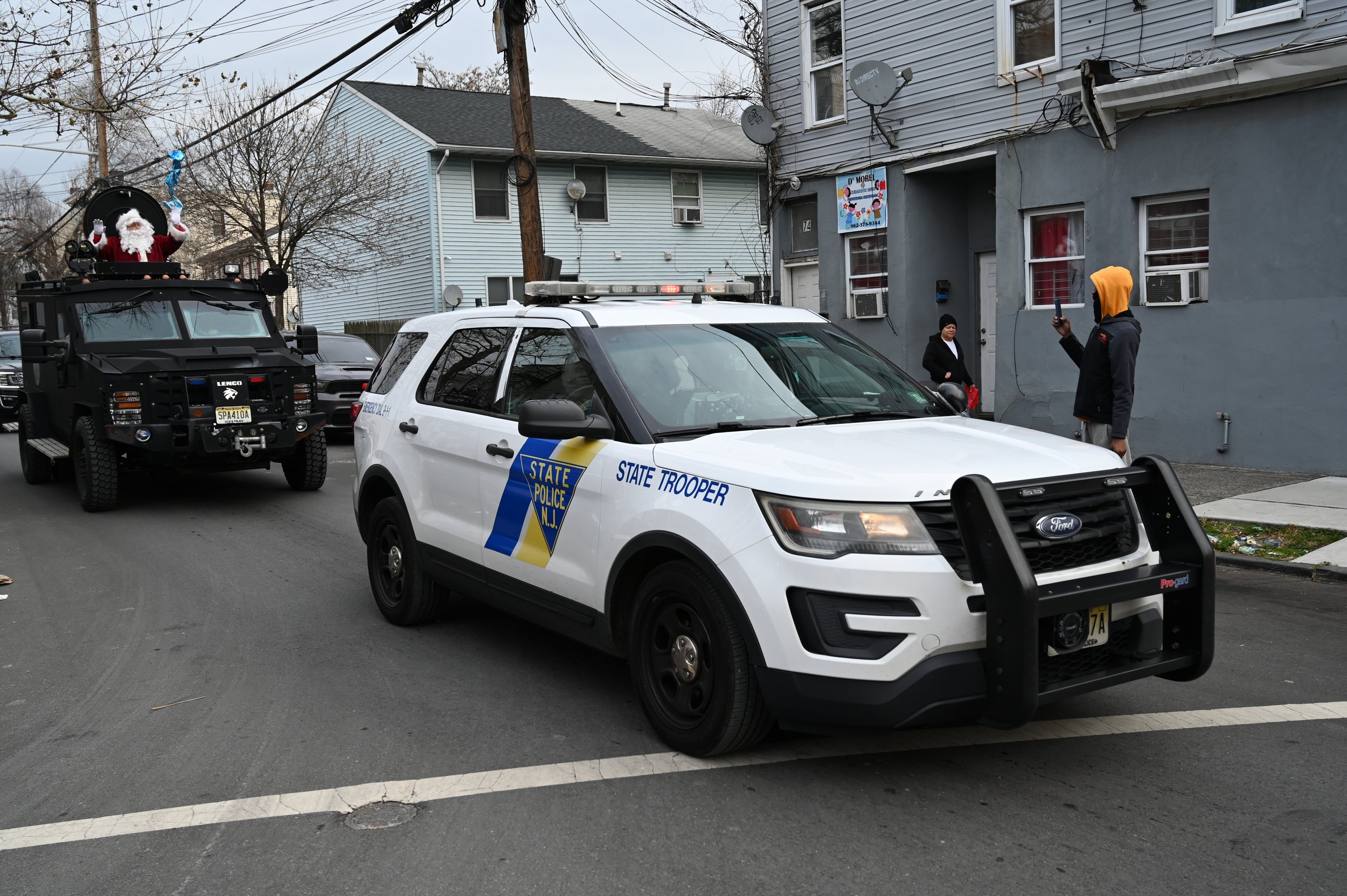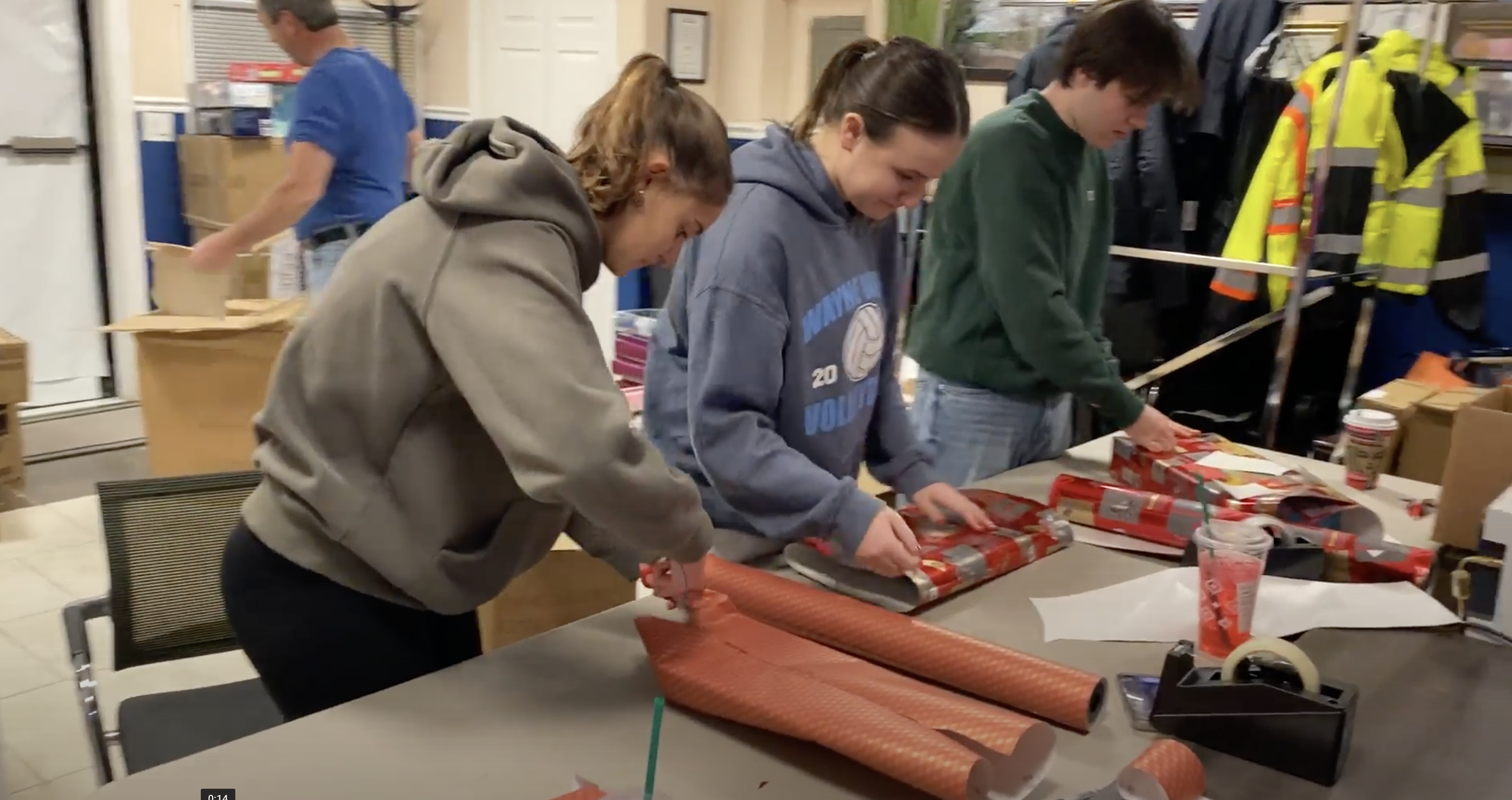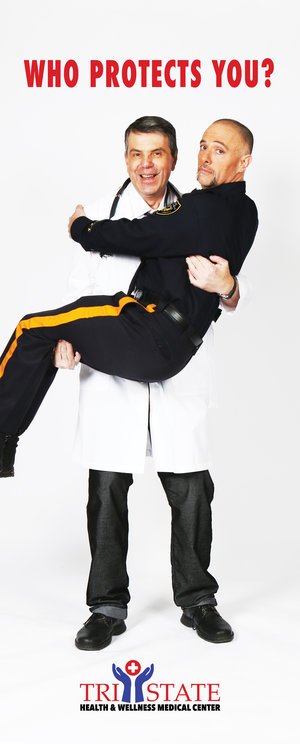Voodoo and the River “Rescue”
/Voodoo and the River “Rescue”
By: Dale Gabriel
January 7, 1995. I was working midnight shift. This one REALLY sticks out in my mind because I was going to my first Steelers playoff game that day against our biggest rival at the time, the Cleveland Browns.
I was hoping for a nice and easy, quiet, peaceful shift. Maybe I could even sneak out a little early, which would allow me to get home right away, since I was only going to get a couple of hours of sleep before going to the game, if that. One thing those of us in law enforcement know is that you cannot always count on making it home right at the end of your shift. You don't punch a time clock. And or course, another thing we knew was not to plan for anything, because things often don't work out the way you plan. Most people don't realize how difficult law enforcement can be for the families, how many things you are forced to miss out on because you never know what a shift is going to turn into.
Now, back to the story! Right around 0400 hours (That’s 4 a.m. for you regular folks!), we got a call about “a body.” For those of you NOT in the law enforcement profession, that is about the worst call you can get. The report came in that this particular body was hanging from a high bridge over a local river right at the edge or our patrol area.
This may sound cold and callous, but to be honest, I try to tell these PSP memories as truthfully as I can. On a call like this, your first thought is: “How is it going to affect ME?” As a police officer, you always try to stay one step ahead and prepare for your next move, especially when you want to get out of there as quickly as you can. On the way to the call, I am thinking about everything I would need to do once I got there and assessed the situation.
Who would I need to call? Fire Department? River Rescue? Coroner? Criminal investigators? I was really dreading it, knowing these types of calls always take time. I was worried I was going to have to miss the Steelers playoff game. Would I be eating my tickets? Could I find someone to call to use them? So many thoughts going through my mind, both professional and personal.
We arrived at the scene. There was a rope tied to the bridge. It was hanging down with a body far below. It was a LONG way down. What exactly did we have? Was this a suicide? Could it be a homicide? We called out to the person, just hoping for a miracle that they would respond. But there was no answer.
Fire Department and River Rescue were already en route. I had my dispatcher contact the on-call criminal investigator and get him on his way. Sometimes, these guys take a while to even get here. This was going to be a bit of a tough one. There were so many thoughts running through my mind. What was the best way to handle this? How were we going to get this body? We could not just cut the rope and let it fall into the river. We could not just pull it up. I couldn't tell from my vantage point just how far it was above the water, if River Rescue would even be able to get to it easily. Would they be able to lower a ladder down to get it? I had no clue. This was the kind of incident where all you can do is stand back and let the other professionals do their job. I kept watching the time, just hoping they could do it quickly so I could make the game. I know bad sounds bad, but it was reality.
The Fire Department and River Rescue arrived on scene. With the help of the firemen, we shut down traffic on the bridge completely. Thank goodness it was early on a Sunday, because the alternate route made people go far out of their way. See, I WAS still thinking of others!
The River Rescue team put a raft into the water. I remember thinking how thankful I was for them. Throughout my career, I always appreciated the other first responders. They did so many things that I did not WANT to do and would never be ABLE to do. I especially would never want to be on the frigid water like they were on this particular night. More often than not, the ones locally are volunteers and do not even get paid. THAT is dedication. Thank you to ALL the volunteer firemen out there!
Anyway, they made their way out to the middle of the water, just below the body. With high visibility spotlights on, it was freaky seeing it hanging there, just above them, like a scene out of a scary movie. I personally focused on the body with spotlight shining directly on it. I was watching from the warm patrol car. I have to admit. At this point, I was thinking mostly about the football game and calculating how late I could get home and still make it, or who I could call, and when, to go in my place.
After a short time, I could see the firemen start to pull the rope up to the bridge. From my perspective, this was really bad news. I could not imagine them pulling the body up in that way, if there were any chance the person was still alive. I guess I knew in the back of my mind there was no way he was alive, anyway, but you always hold out hope till there is no more left. I had my dispatcher contact the coroner to get him rolling.
The end of my shift was quickly approaching. As shameful as it sounds, I was still trying to do what I could to get out of there as quickly as I possible. Our dispatcher told me on the radio that the criminal investigator would be here shortly. A supervisor was called out and was on his way, too. It's not every day we have what could possibly be a homicide. I was still hoping I could pass on all the preliminary information I had and still make it home early. Once the supervisor arrived, along with the criminal investigator and coroner, all they really would need was my preliminary report, and I could get out of there.
As I could see the firemen pulling the body up, it was nearly to the top of the bridge. I figured it was time for me to make my presence at the scene more obvious, to take control of the crime scene. I got out of my nice toasty patrol car and went to the top the bridge, just as the body was almost there. I was standing back a little, giving the firemen room to do their job. They knew what they were doing. They knew to preserve any evidence as best they could while doing all they can to help the person. Medical personnel were standing by.
Just as they pulled the body over the top, they literally threw it on the road. What the hell? I could not believe they would handle a body that way. None of them started working on the body, even checking for vitals. I was hoping it was cold enough to slow the body functions down, so that there could be some kind of miracle, and he would have survived. Seeing how they were treating it, however, I guess I knew that really was not possible. I took control of the scene and moved in, right to the body, to do my own personal inspection, to gather and subsequently document my own observations and evidence.
OH MY GOD!!! What the hell???? I could not BELIEVE my eyes!! The body was a life-size mannequin dressed in full Vinny Testaverde Cleveland Browns uniform. Game on!!
I quickly canceled the criminal investigator, supervisor and coroner, and I made it to the game in time to watch the Steelers’ defense pulverize the REAL Vinny Testeverde.
Maybe it was actually a voodoo doll... Vinnie went 13-31 as the Steelers killed the Browns (well, maybe KILLED is the wrong word!)
Dale Gabriel is a retired patrol and community services officer with the Pennsylvania State Police. After 25+ years of service, in retirement, he has been working on a book of his many PSP memories. He also coaches a baseball team in a Miracle League for those with special needs. He holds a communication degree with English minor from Saint Vincent College in Western Pennsylvania.
















































































































